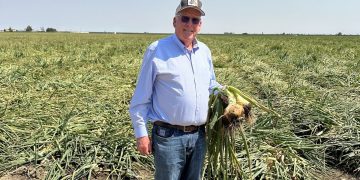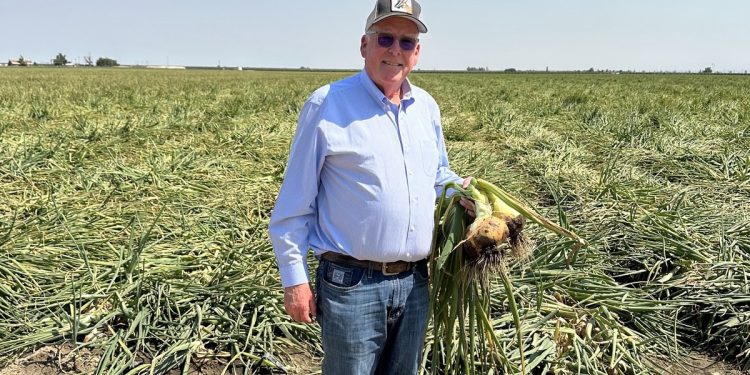Insights into Market Dynamics and Demand Trends in the Onion Industry
Following a period of tight supply and high prices earlier in the year, the colored onion market, particularly red and yellow varieties, has stabilized thanks to improved supply levels. Megan Jacobsen from Gills Onions notes that after facing unprecedented demand and low supply during the spring, the market has now balanced out with more regions entering harvest season.
Supply Dynamics and Harvest Conditions
Gills Onions, based in Bakersfield, California in the San Joaquin Valley, is currently in the midst of its harvesting season. Despite ongoing challenges posed by a prolonged heat wave, which has seen temperatures soar as high as 115 degrees Fahrenheit in California’s Central Valley, Jacobsen remains optimistic. She emphasizes that while high temperatures are a norm for their crop, careful monitoring is crucial to ensure quality.
Market Segmentation and Demand Trends
The foodservice sector has been a significant driver of demand, especially during the summer months when consumption peaks due to increased travel and school vacations. Jacobsen highlights that a substantial portion—70 percent—of Gills Onions’ produce is earmarked for foodservice, with another 29 percent dedicated to ingredient suppliers, and a minor fraction, 1 percent, directed towards retail markets. This segmentation underscores the seasonal fluctuations in demand and highlights the resilience of summer demand patterns.
Value-Added Products and Post-Pandemic Trends
In response to ongoing labor challenges exacerbated by the pandemic, there has been a notable shift towards value-added onion products. Jacobsen explains that while whole peel products remain popular, diced onions have emerged as the company’s top-selling item. This trend reflects a broader industry move towards efficiency and labor-saving solutions.
Market Challenges and Economic Impact
Concerns linger regarding inflationary pressures impacting consumer purchasing power and operational costs within the industry. Jacobsen emphasizes the need for a delicate balance where consumers can afford fresh produce while ensuring profitability for producers amidst rising input costs.

































